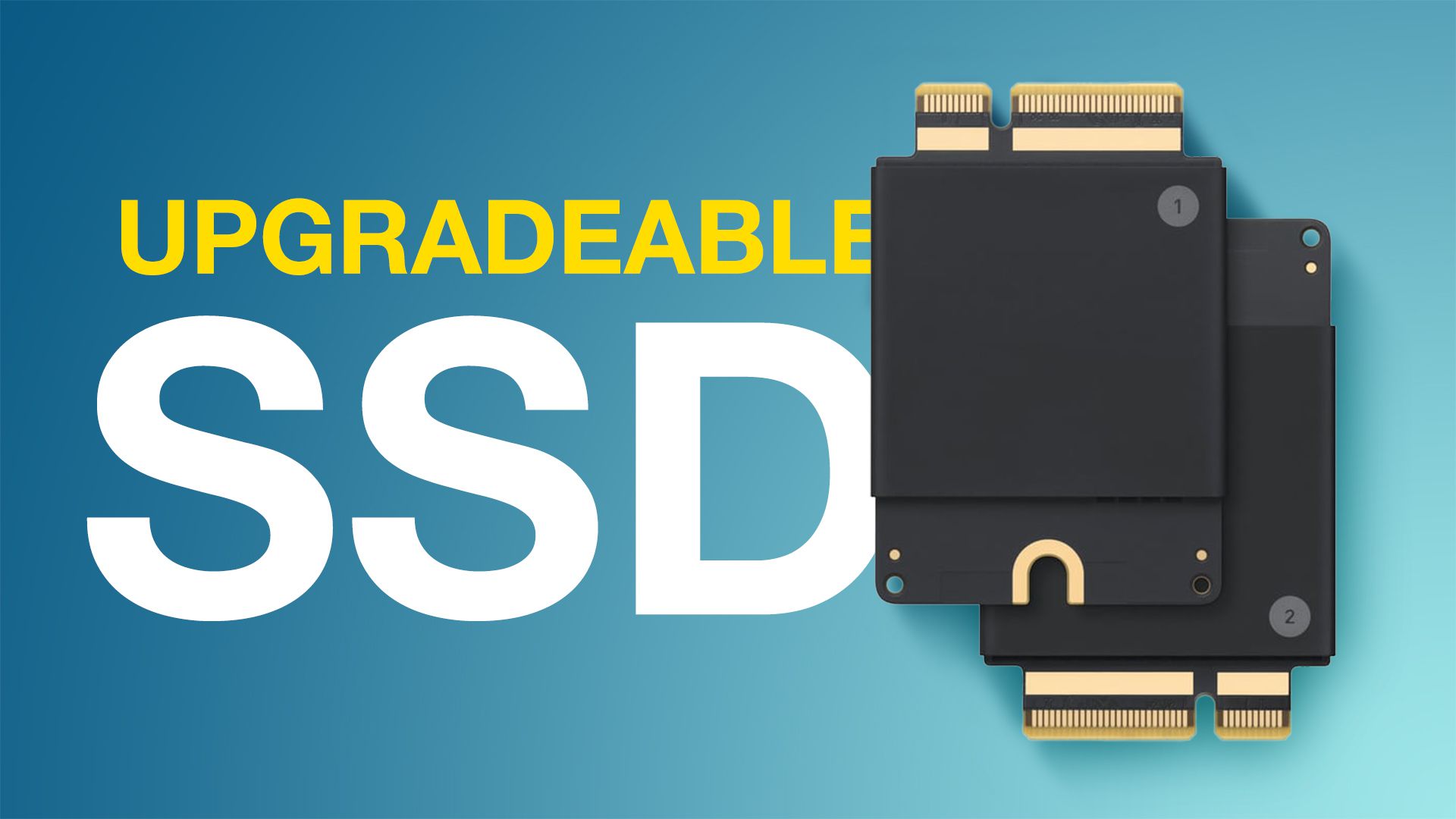We agree Apple lags at the high-performance top 5% of personal computer sales, but the fact remains that Apple rules on the 95 percentile of units sold.If you destroy your pro market, applications and third party support will drop. This will cause a domino effect to eventually impact the low end “popular” devices. They are trashing the Mac name but again not focusing on the pro market.
I mean in 90% of cases it is NO CONTEST an i9 with a 4090 beats the best Apple could do? By a massive margin? This isn’t good. They dropped the ball HEAVILY with the 2023 Mac Pro. $3,000 just for the same performance of a Mac Studio? Macs will become even more of a joke than they are now. Which will affect marketshare. Which will affect how useful it can be used by consumers.
We also agree that Apple should also go after the 5% high performance end of things. For the perception even if sales to that segment are unprofitable. My expectation (hope?) is that Apple will bring us some sweet new chip architecture along with M3 that will again allow Mac Pros to be really deserving of their name.
Last edited:


